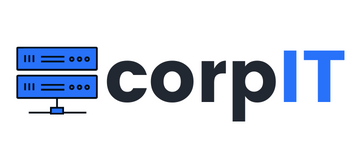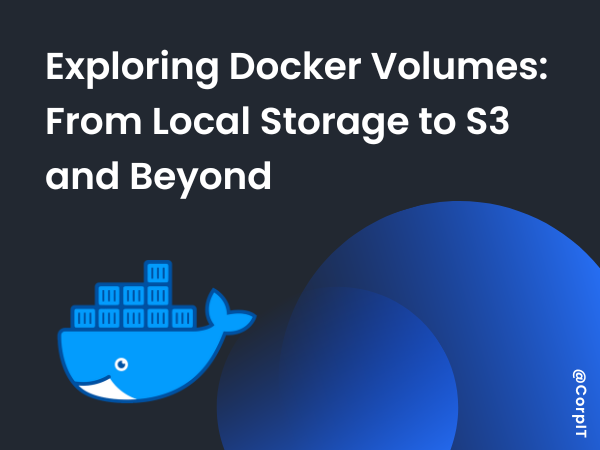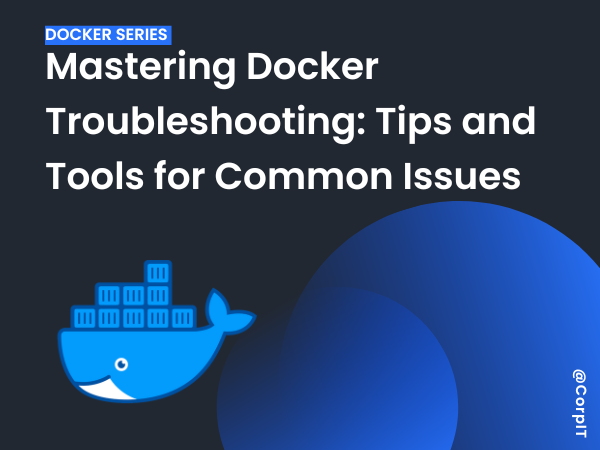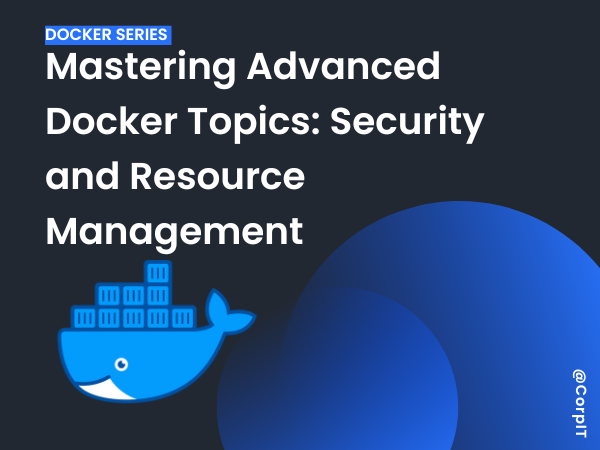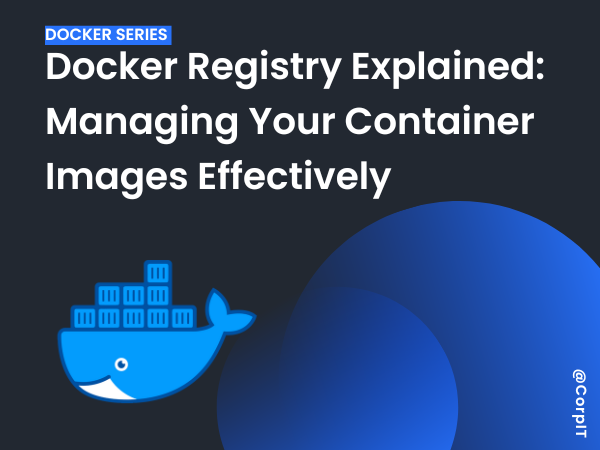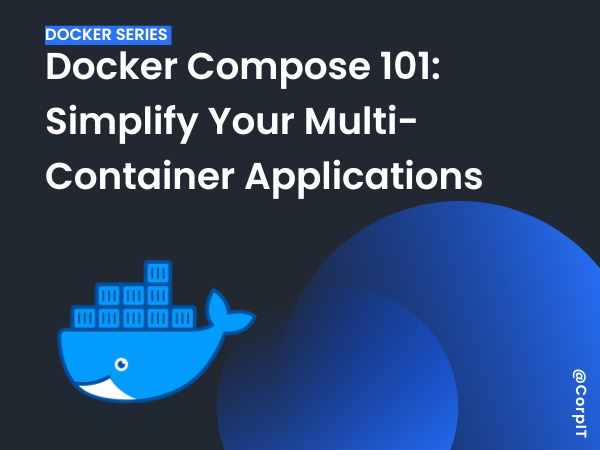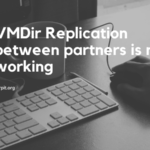Docker has revolutionized the way developers manage applications, and one of its most powerful features is Docker volumes. Volumes are the preferred way to persist data in containers, offering a seamless solution for data storage that persists even when containers are removed. In this article, we’ll explore the different types of Docker volumes available—from local storage to cloud storage solutions like Amazon S3 and Google Cloud, and even distributed storage systems like GlusterFS and Ceph.
Table of Contents
1. Local Volumes: The Default Choice
By default, Docker uses local volumes for storing data on the host machine. These volumes are stored directly on the filesystem, and while simple, they may not be the best choice when it comes to scaling or high availability.
Use Case: Simple applications where data persistence is required on the same host system.
docker volume create my_local_volume
docker run -v my_local_volume:/data my_container
2. NFS (Network File System): Scaling with Network Access
When you need to share data across multiple machines, NFS is a popular option. NFS allows containers to access shared directories over the network, making it a great choice for multi-host applications.
Use Case: Sharing persistent data between containers running on different hosts.
docker volume create \
--driver local \
--opt type=nfs \
--opt o=addr=192.168.1.7,rw \
--opt device=:/mnt/nfs_share docker_nfs_volume
3. SMB/CIFS: The Windows-Friendly Option
SMB/CIFS is typically used in Windows environments for shared file systems. If your infrastructure runs Windows or you need to interact with legacy Windows file shares, SMB is the way to go.
Use Case: Integrating Docker containers into Windows-based environments.
docker volume create \
--driver local \
--opt type=cifs \
--opt device=//192.168.1.7/share \
--opt o=username=user,password=pass,vers=3.0 \
smb_volume
4. Cloud Storage: Harnessing the Power of Amazon S3
For cloud-native applications, Amazon S3 is a go-to solution for scalable object storage. While Docker doesn’t natively support S3, you can use third-party plugins like rexray to mount S3 buckets as Docker volumes.
Use Case: Storing large amounts of unstructured data, such as logs or backups.
docker volume create --driver rexray/s3fs --name my_s3_volume --opt bucket=my-s3-bucket --opt region=us-west-2
docker run -d -v my_s3_volume:/data --name my_container nginx
5. Distributed Storage: GlusterFS and Ceph
For high-availability and distributed environments, GlusterFS and Ceph are excellent choices. These systems allow you to create scalable, redundant storage solutions for your containers, ensuring data resilience.
Use Case: Large-scale applications requiring data replication and failover capabilities.
docker volume create \
--driver local \
--opt type=glusterfs \
--opt device=:/mnt/glusterfs/volume \
glusterfs_volume
6. Managed Storage Solutions: Portworx and Longhorn
If you’re looking for enterprise-grade, cloud-native storage solutions, Portworx and Longhorn offer highly reliable and scalable storage for containerized applications. These solutions are designed to work seamlessly with orchestration platforms like Kubernetes and Docker Swarm.
Use Case: Mission-critical applications that demand robust, scalable storage.
docker volume create \
--driver portworx \
portworx_volume
Conclusion
Docker volumes are essential for managing persistent data in containerized applications. From local volumes for simple use cases to distributed and cloud-based solutions like NFS, S3, GlusterFS, and Portworx, Docker provides a broad range of options to suit different storage needs. By choosing the right volume driver, you can ensure that your applications are reliable, scalable, and easily maintainable.
Whether you’re working in a local development environment or managing enterprise-grade infrastructure, Docker volumes offer a flexible and powerful way to handle persistent data storage across different environments.
